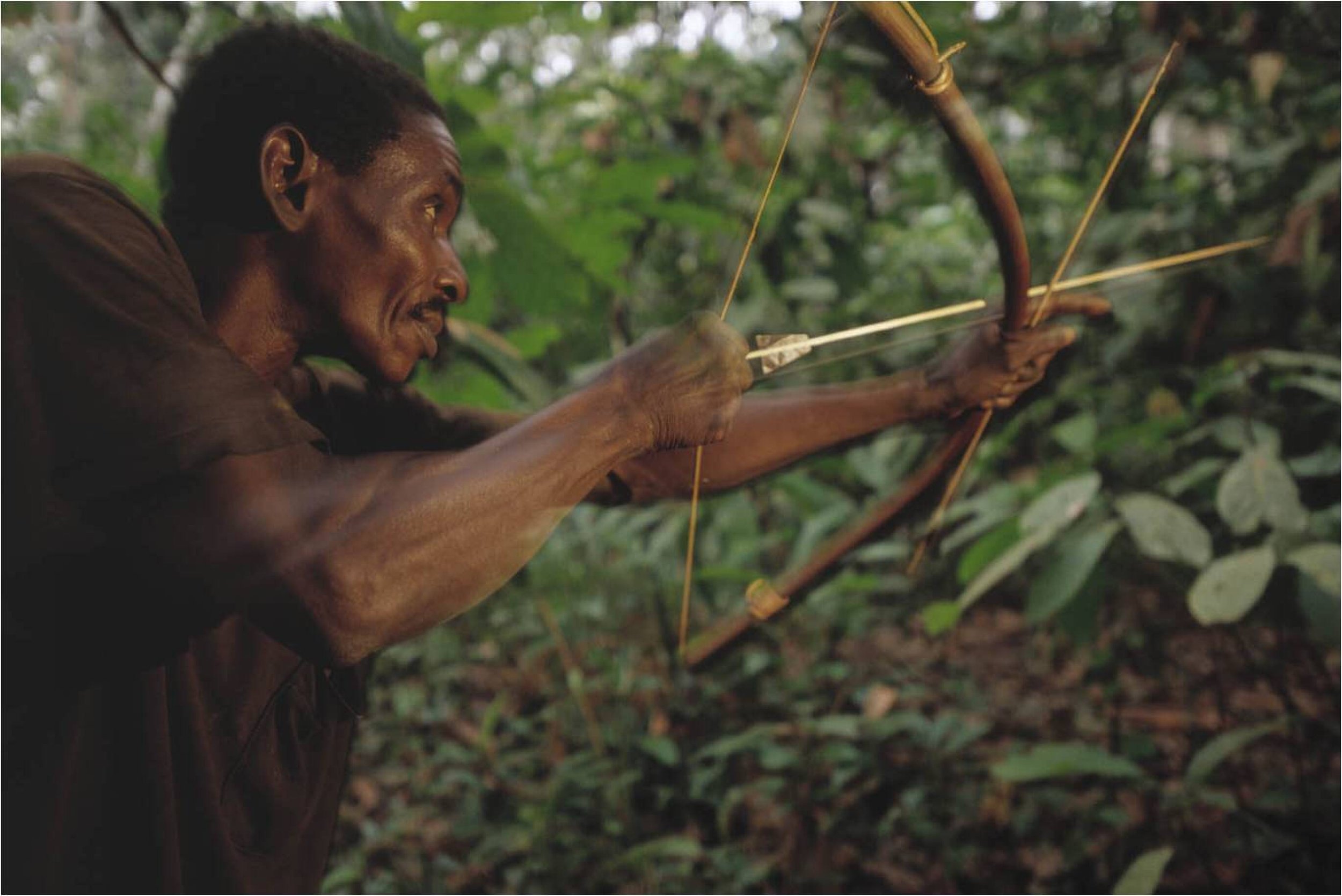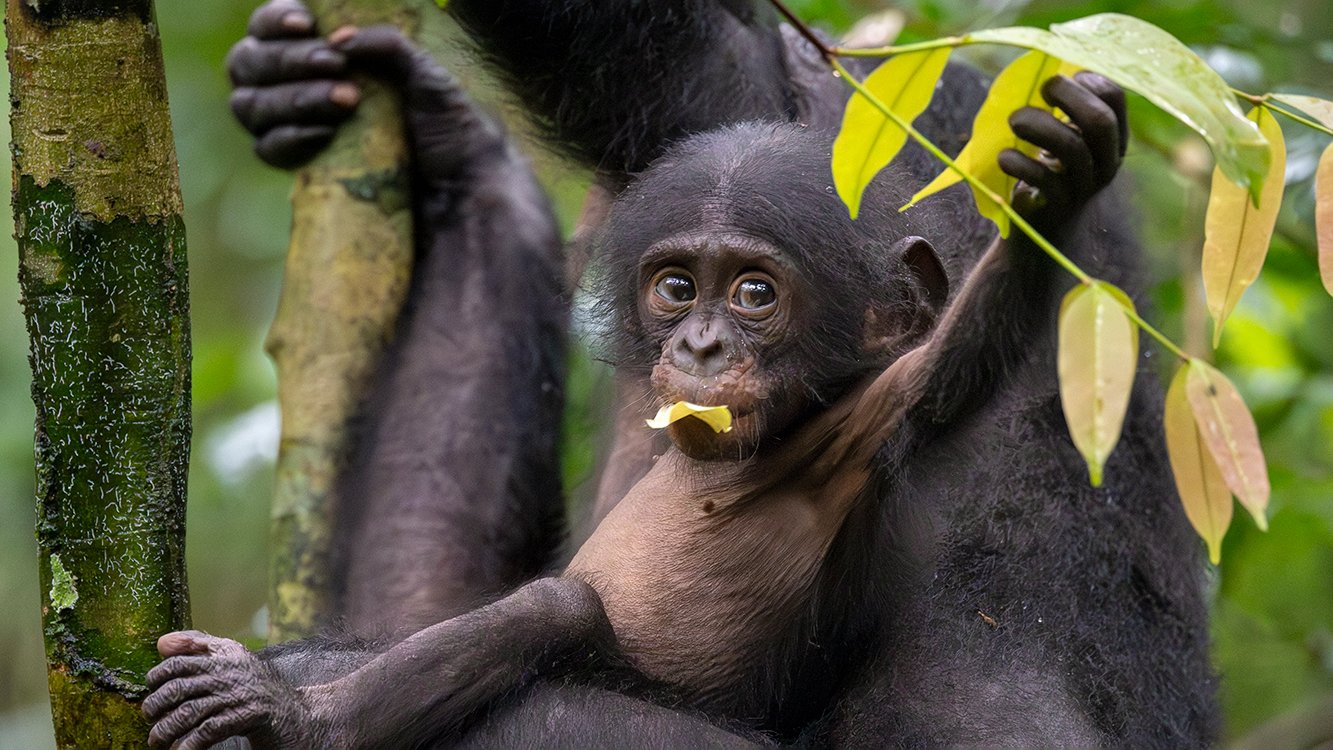
Threats
Photo © Jeffrey OonkBonobos are classified as endangered on the IUCN Red List, facing a very high risk of extinction in the near future.
For several reasons, it has been difficult to collect reliable population estimates of bonobos. They are found only in the Democratic Republic of Congo. They inhabit a remote, densely forested area, most of which is accessible only by footpaths, boat or bush plane. Current estimates range from 10,000 to 20,000 bonobos left in the wild—but what is clear is that the population, small to begin with, is fragmented and decreasing.
The threats impacting wild bonobos include: poaching, habitat degradation, human encroachment, and a lack of information about the species. Disease transmission also poses a greater threat as human contact increases; our close genetic relationship means that humans and great apes are susceptible to many of the same illnesses. For example, many gorillas and chimpanzees have succumbed to the ebola virus.
Bushmeat Hunting
Bushmeat hunting is the greatest threat to wild bonobo populations. Traditional taboos, which once protected bonobos in many areas, are breaking down in the face of economic desperation and human population pressure. In a region where more than 90% of residents can only afford to eat one meal each day, people are increasingly turning to wild sources for meat, both for sustenance and for profit in the commercial bushmeat trade. Due to years of war and insufficient infrastructure, the journey to marketplaces is long and arduous; smoked meat is one of the only commodities durable enough to withstand the trek. Because bonobos only bear one offspring every 4 to 5 years, the population is slow to regenerate.
Photo © Bonobo Conservation Initiative
Circular photos
© Bonobo Conservation Initiative
Photo © Roland Hilgartner
Deforestation
Subsistence agriculture in the Congo region relies on slash-and-burn farming, which is the practice of cutting and burning trees and vegetation to clear plots for planting crops. This practice quickly depletes the soil of its natural nutrients and requires the clearing of new plots every few planting cycles, driving agricultural activity deeper into the rainforest and encroaching upon bonobo habitat. As the DRC is achieving greater political stability, large-scale industrial agriculture is also posing a greater threat. Industrial agriculture requires vast amounts of land and resources and can come into conflict with conservation aims.
According to Global Forest Watch, the DRC has one of the highest rates of deforestation in the world, losing nearly 1.2 million acres of primary rainforest in 2020 alone. Logging in this region contributes to the degradation and destruction of bonobo habitat. It also allows hunters to enter previously inaccessible areas of the forest via logging roads, perpetuating the bushmeat trade.
HELP US SAVE THE BONOBOS •
HELP US SAVE THE BONOBOS •
Lack of information
Successful conservation requires a great deal of knowledge about what a species needs for survival and the factors that contribute to its endangerment. Bonobos were the last of the great apes to be discovered and are still understudied. Since the end of the Congo War in 2003, research has increased dramatically, but more information is needed about bonobo population size, range, habitat, and behavior to ensure their long-term survival.
The Bonobo Conservation Initiative (BCI) is the leading international organization dedicated solely to conservation of bonobos in their natural habitat.
Photo © Gwenn Dubourthoumieu








